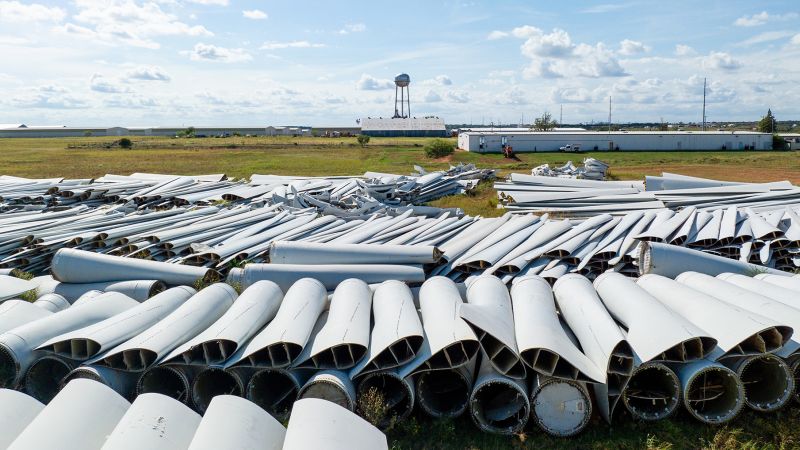**Editor’s Note and Nostalgic Reflections**
A thought-provoking exploration of how physical objects can capture moments in time resonates deeply with the human experience. Just as nostalgic songs evoke memories, certain items can help preserve special events, allowing us to relive them in the years to come. Following a recent wedding ceremony, a couple, reflecting on their unique day, pondered how they might cherish and reconstruct those cherished memories in the future.
With plenty of photographs and videos documenting their vows—an enchanting moment that even included a reference to “syzygy” from the groom—this couple has set a foundation for nostalgia through visual storytelling. Among their treasured keepsakes is a blue flower thoughtfully crafted by their nephew, adorned with a charm engraved with their initials. This object stands as a beacon of love and family connection, leading to a fascinating contemplation regarding what stories such objects might unfold about humanity in the far future.
**Technofossils and Our Legacy**
Some paleontologists, intrigued by the potential stories of the future, are examining how everyday articles may serve as artifacts millions of years from now. Instead of focusing on traditional fossils, these scientists predict that future archaeologists or paleontologists will analyze “technofossils”—items like smartphones, wind turbines, and various manufactured goods—reflecting our contemporary civilization. This concept is explored in the insightful book titled “Discarded: How Technofossils Will Be Our Ultimate Legacy” by Sarah Gabbott and Jan Zalasiewicz, both of whom are affiliated with the University of Leicester in the UK.
Current materials created during our era, particularly plastics, are remarkably durable and fail to decompose easily. This durability could yield a considerable number of remains that, while traceable, may lack context. Gabbott points out that while future civilizations might be able to discern the significance of devices like smartphones to the people of today, the actual functions, meanings, or uses may remain a mystery. This ambiguity raises questions about how our civilization will be interpreted by future generations.
**Fascinating Paleontological Discoveries**
Shifting from contemporary discoveries to ancient ones, researchers have uncovered fascinating aspects of both life on Earth and the creatures that roamed it. A recently discovered species of dinosaur in Mongolia, known as Duonychus tsogtbaatari, perplexed scientists with its large, curved claws initially thought to belong to a giant sloth. This dinosaur stood a towering 10 feet tall and was part of an unusual group that utilized its formidable claws for foraging. Its peculiar appearance, when reconstructed, promises to be a sight to behold.
In a separate find, scientists recently identified a new parasitic wasp species, found preserved in amber from 99 million years ago. Its evolutionary traits could suggest unique strategies for reproduction, indicating complex behaviors in ancient ecosystems. Furthermore, a fossilized fish—dating back 16 million years—found in Australia still contained remnants of its last meal, providing insight into ancient food webs.
**Cosmic Events and Martian Discoveries**
Recently, a partial solar eclipse graced the skies over regions including Northeastern United States and parts of Canada, coinciding with a prior total lunar eclipse that created a visually stunning “blood moon.” This partial eclipse offers a spectacle that invites enthusiasts to witness the cosmic dance of celestial bodies—a reminder of the vastness of the universe.
Meanwhile, the Curiosity rover has made an exciting discovery on Mars: preliminary analyses suggest it has found the largest organic molecules to date, possibly remnants of fatty acids. While these findings don’t confirm life, they ignited hopes that signs of past life could still remain dormant on the red planet.
Besides the search for life, researchers have indicated that potential toxins in Martian dust—such as perchlorates—could create life-threatening challenges for astronauts on future missions to Mars, necessitating thorough studies before human exploration.
**The Ancient European Bison**
Moving from the cosmos to terrestrial concerns, cave paintings have aided in tracing the origins of the European bison, a species that dramatically transformed over thousands of years. Evidence suggests that these bison, known as wisents, may be hybrids produced from the interbreeding of extinct steppe bison and the aurochs. Unfortunately, hunting for their skins and horns led to their decline across Europe and parts of western Asia.
Today, conservation efforts have allowed bison populations to rebound, benefiting ecosystem diversity along the way. Their natural behavior, particularly soil-bathing, comes with positive environmental impacts, illustrating the role these magnificent creatures play in maintaining the health of their ecosystems.
**Final Thoughts**
For those intrigued by these captivating stories, there remains a wealth of knowledge to unearth and explore. It’s a reminder of how the fascination with the past, combined with our inquiries into the present and future, can weave together a rich narrative of life on Earth and beyond. To continue diving into such wonderous tales, subscriptions to insightful newsletters can provide ongoing insights and discoveries brought to












